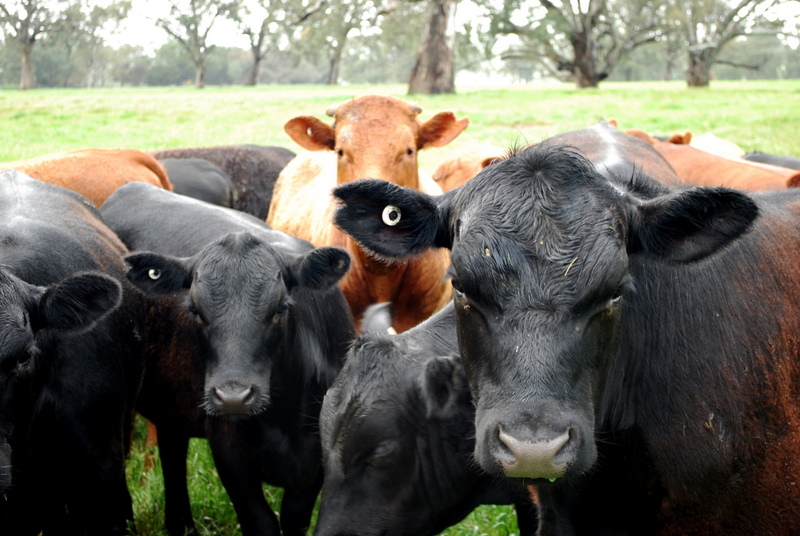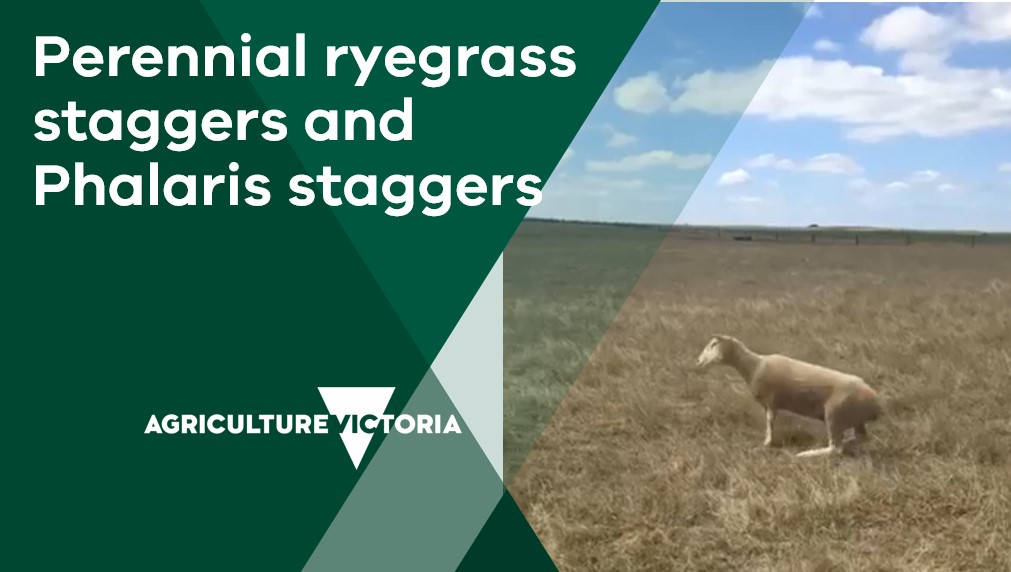Managing cattle weaners in winter
Article printed April 30, 2024. For the latest version, please go to: https://feedinglivestock.vic.gov.au/2023/07/18/managing-cattle-weaners-in-winter/
It is considered good practice for beef producers to set a winter feed and financial budget. This must take into consideration remaining stored feeds, available paddock feed and importantly, the class of stock to be fed and targets to be met. This will assist in making longer term plans about sourcing the quantity and quality of feeds appropriate to stock requirements.
Feed planning, at this stage, should be considered at least to the end of August. Seasonal outlook information may assist with timely decision making. The Bureau of Meteorology 3-month (July – September) rainfall outlook reports a high likelihood of “drier than average” for south-east Australia indicating further pressure on farm pasture and fodder production and water reserves leading into spring.
How can we make sure that our spring born weaners perform at their best through the winter, and is it worth adding supplements to chase higher growth rates?
For any pasture-based finishing operation there is a need to balance the likely feed supply with feed demand. Matching the number of animals to the available grazing area is a key decision and enables any deficits in supply to be filled with supplements. We also need to match the pasture rotation (the length of time a pasture is spelled after being grazed by stock) to the growth rates of the pasture. Having the ‘right rotation’ is critical to optimising pasture and animal performance.
The right, or optimal rotation length for your weaner grazing management system in winter will be determined by the growth rate of pasture over autumn and winter, grazing pressure on that pasture and the number of paddocks available to weaners. This rotation can be optimised by adding supplements and/or use portable electric fences.
Supplements can be used as a tool to balance up the animal’s diet and to lengthen the grazing rotation ensuring pasture is available throughout winter. Adding supplements into the system enables stock to stay where they are for longer, giving the grazed pasture more time to regrow prior to being grazed again.
If a supplement is needed, consider your cheapest energy options. A quality pasture hay or silage, grain, pellets or grain-fee pellet may do this. Remember to consider your target market when looking at supplementary feed options.
Winter pasture in a vegetative growth phase has sufficient protein and energy for growing weaners, however the limiting factor is often simply the physical quantity of it available at this time of year. Therefore consider supplements to ensure the protein and energy requirements of weaners are being met. At this time of year, feed tests and regular pasture and animal monitoring is important. A growth rate of 0.75 kg per day from weaning to joining for replacement heifers should ensure they reach their critical mating weight. Likewise a daily weight gain target for steers should also be known for this class of stock to ensure they meet their target weight.
Managing and monitoring young stock from an animal health perspective as well as weight gain is also important. Implement an animal health program so the animals receive an annual 5 in 1 clostridial disease vaccination. Monitor worm egg counts (WEC) and if needed administer internal parasite control treatments to give your weaners every opportunity to reach their target.
If running larger mobs in a paddock consider the tail end of that mob and what preferential treatment they should get. This portion of the mob could be drafted off and managed separately, or even sold off as stores.
Assessing how well the pastures on your farm will deliver animal performance targets is a skill that is developed over years of farming and is impacted by pasture availability and composition, pasture quality and growth rates, as well as animal genetics and health factors.
Regular measuring and monitoring pasture growth as well as animal performance is a highly recommended practice to achieve your targets. There are some fantastic resources for you to assist in your preparations including:
Beef Cattle Drought Feeding Guide
Rainfall and Temperature outlooks



